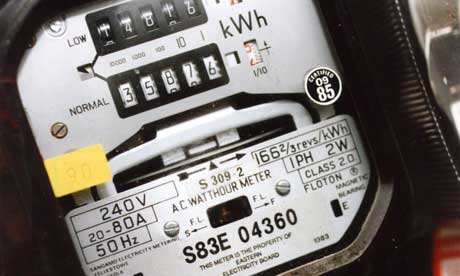Meters will give consumers and the monopolistic utility firms minute-by-minute information about energy consumption and this could fast-forward the launch of time of use pricing tariffs for us all in the years ahead. It will mark a move away from flat-rate tariffs towards fully-fledged peak and off-peak pricing.
Advantages
There are several economic arguments for time of use pricing providing that consumers are properly aware of what the pricing tariffs are and how they might be able to benefit from them.
- It makes sense for prices to be lower during the night when the UK electricity generating network is operating with spare capacity. Savvy households will be able to re-organise the timing of using their major appliances and save money.
- Fewer people will leave their appliances on standby (a deadweight loss of scarce energy) if they know what the financial cost is.
- Advances in technology in power storage heaters and immersion heaters ought to mean for example that water heated up at night at lower prices can be utilised effectively during the day without the need for re-heating.
Disadvantages
- On the other hand, critics claim that large working families do not have such flexibility and might end up paying higher average tariffs when their washing machines and hot water boilers are working flat out to meet the heavy demands of a growing family.
- They are also concerned about the amount of private data that can be stored on these meters and they doubt whether electricity supply companies will necessarily pass on savings to consumers in the form of lower prices.
Time of use pricing is common in many other countries, the example I give below comes from Ontario in Canada.
Ontario Pricing Example:
Questions for discussion:-
Is the approach of charging more to boil a kettle for a cup of tea when everyone else is doing so (for example at half time in the football or during a break in Coronation Street) equitable?
Will greater use of the price mechanism be a sufficient incentive for consumers to alter their behaviour in ways that enhance sustainability?

No comments:
Post a Comment